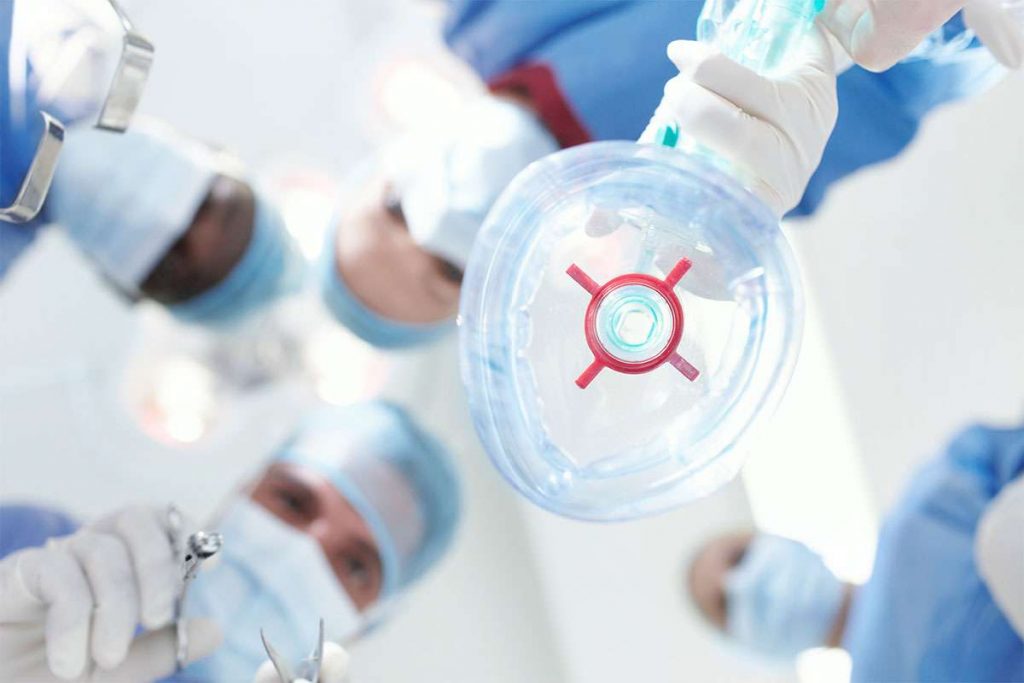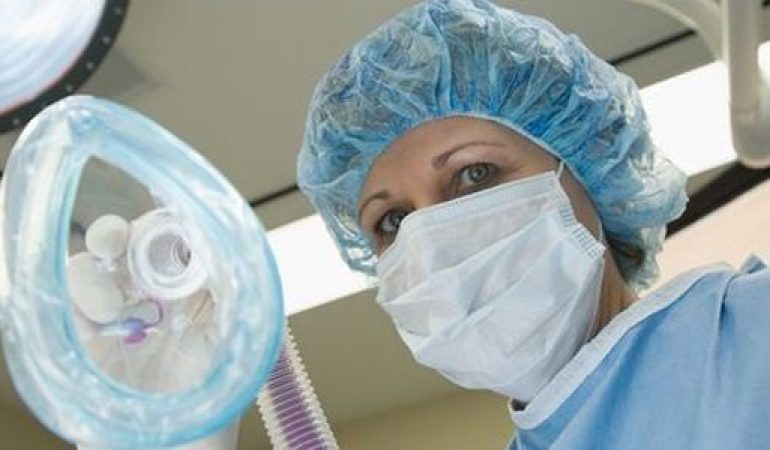5 Types Of Anaesthesia Tools
Anaesthesia is a state of controlled loss of sensation or awareness that is induced temporarily for medical procedures such as a surgery. It allows the otherwise painful procedure to be performed painlessly and facilitates those procedures that are not feasible with the patient fully awareand conscious. It can be divided into three broad categories:
- General Anaesthesia- Under this category of anaesthesia, the central nervous system activity is suppressed, leading to unconsciousness and complete lack of sensation. This is done by using either intravenous agents or inhalation agents by a medical professional.
- Sedation- This category involves suppression of the central nervous system to a lesser degree. This helps in inhibiting anxiety, and creating long-term memories without the patient being unconscious.
- Regional and local anaesthesia- This kind of anaesthesia blocks the transmission of nerve impulses from a particular body region or part. Depending on the need of the situation, this can either be used individually, with the patient remaining conscious or can be combined with general anaesthesia or sedation. Drugs can be used to target peripheral nerves which can anesthetise an isolated part of the body. Otherwise, epidural, spinal anaesthesia or a combined technique can be administered in a region of the central nervous system, which can help in suppressing the incoming sensation from nerves surrounding the area of the block.
The clinician can choose one or more drugs to administer varying types and degrees of anaesthesia as per the need of the procedure and the specific patient before the procedure.

It is always advisable for a medical professional to have an array of useful medical devices for a procedure as important as anaesthesia. Operating rooms thus are equipped with a wide variety of anaesthesia tools, which have different uses and functions. Whilst needles differ in terms of their functions, the tools that are responsible for delivering oxygen differ in their forms.
- Tools used to deliver oxygen
One of the most important aspects of going through an operation is oxygen, as patients who are in a state of unconsciousness may have difficulty in breathing. While there are a lot of tools that can be used to deliver oxygen to the patients, two of them commonly used are nasal oxygen and oxygen masks. They perform the same function of delivering oxygen in different ways.
- Oxygen masks cover half of the face, from the upper part of the nose down the mouth, because it also functions as a distributor of gaseous drugs if required during the procedure.
- Nasal oxygen sets, on the other hand, transport oxygen only through the nose.
- The needle is another anaesthesia tool, commonly used by medical professionals that varies in size and function.
- Some needles are used for infusions and injections.
- Those used for insertion of a catheter is known as a Tuohy needle, which is specifically designed to safely locate the epidural space. Thus, it usually makes way for epidural anaesthesia.
- There are others such as the spinal needle that are used for different functions such as puncturing a patient’s spine for the aspiration of cerebro-spinal fluid, or for injecting drugs. In some cases, these needles can also be used for new-borns.
- Small needles are usually employed for drug injections.
- Laryngoscopes are used byanaesthesiologists to observe the larynx, vocal chords, glottis and other parts that need to be viewed.
3.1 Conventional laryngoscopes are one of the most commonly used types consisting of a handle that acts as a source of light, along with various exchangeable blades. These blades vary in size, according to whether they are used for neonates, infants, paediatrics, young adults or adults.
3.2 The blades in the laryngoscope are also of two styles: straight blades and curved blades.
3.3 The endoscope is used to look inside the larynx, trachea, stomach, bile duct, upper intestine etc.
- Tubes are another essential equipment used by anaesthesiologists.
4.1 Endotracheal tubes are inserted into a patient’s trachea to ensure that they are able to breathe properly. Although a laryngeal mask can also be used, it cannot replace the functions of an endotracheal tube.
4.2 Tracheostomy tubes appear in the form of a plastic or metal tube and are employed to maintain the artificial aperture from the neck to the trachea, which acts as a pathway for proper respiration.
- Apart from these main tools, several others may also be needed by an anaesthesiologist. These include anaesthetic machines and vaporisers, a bain circuit, filters, mucus suckers, artificial resuscitators etc.
To obtain important information such as CPAP machine cost in India, or to purchase medical consumables and hospital supplies online, log onto Smart Medical Buyer. This online platform delivers surgical instruments, medical equipment and other such products used in the medical industry across India.




